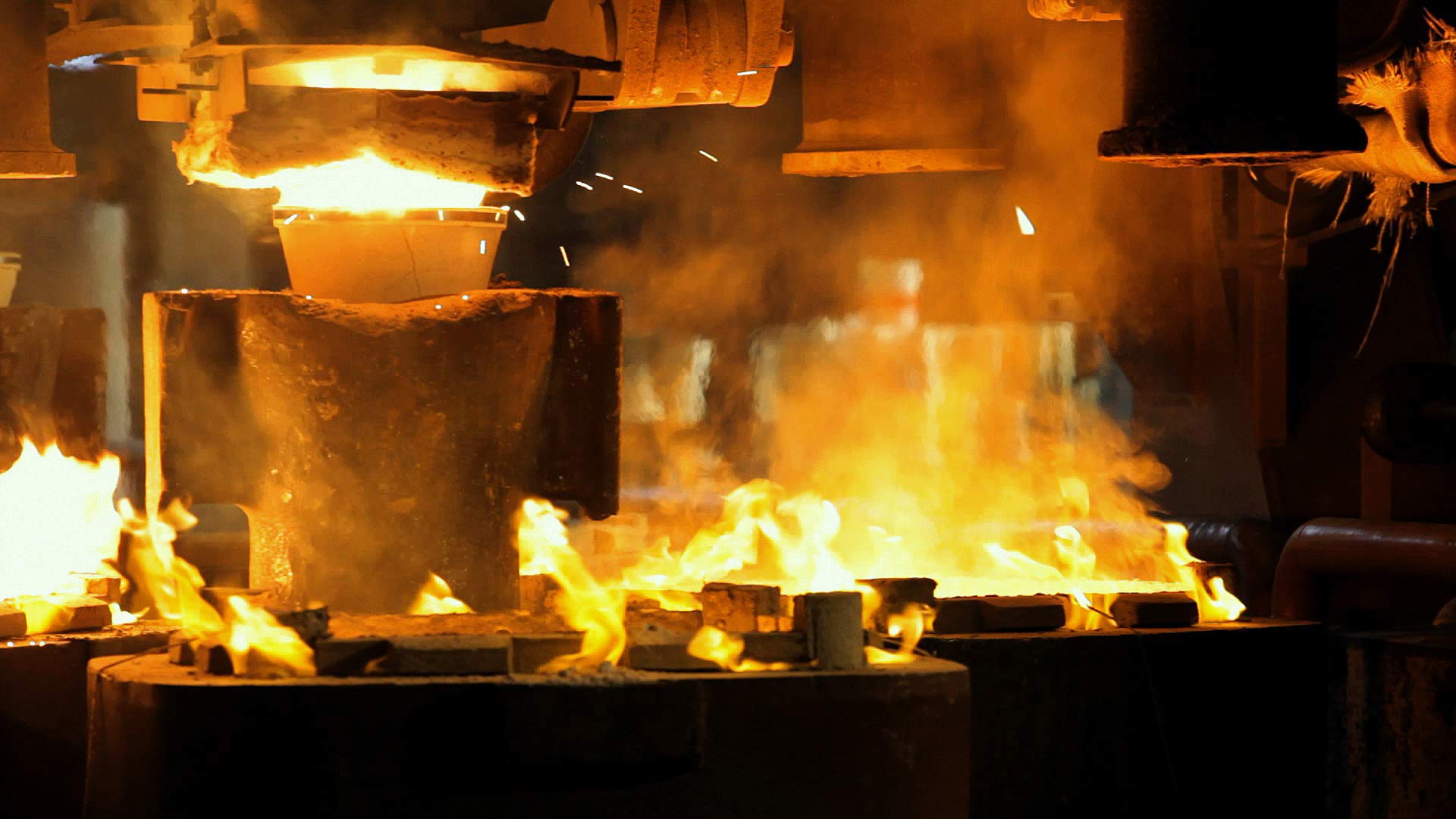Scegli l'unità di misura in cui visualizzare i dati:
Valbruna Grade
VAL1B/1
Steel type
Martensitic Stainless Steel
Description of material
VAL1B/1 is a martensitic stainless steel designed to supply high mechanical properties and a good corrosion resistance in mild environments.
Applications
Bolting, fasteners, screws, pump shafts, parts for petrochemical plants, pump parts and valve components. In addition, a special chemical composition and exact steel making process are applied if VAL1B/1 is used for steam turbine blades production.
Melting practices
Argon Oxygen Decarburization
Corrosion resistance
VAL1B/1 has its maximum corrosion resistance when in the hardened + tempered condition. As with most martensitic grades, its use in the annealed condition or any other situation able to strongly reduce the hardness in environments containing Chloride, should be avoided. However, VAL1B/1 offers an acceptable corrosion resistance in many industrial and domestic applications in not aggressive environments such as fresh water, industrial and rural atmospheres, petroleum products, gasoline fuel oil and alcohol. It should be noted that this grade, as for every kind of stainless steel, surfaces should be free of contaminant and scale, heat tint, and passivated for optimum resistance to corrosion.
Cold working
In the annealed condition, this grade is suitable for cold forming operations such as cold heading. In addition, a higher cold upsetting could be obtained after a long lasting annealing and very slow cooling in the furnace. It should be pointed out that VAL1B/1 is not so prone to cause a rapid surface decarburization as high Carbon martensitic grades. If this were a problem, a protective atmosphere should be considered in the heat treatment of finished pieces. Blooms or large cross section billets can be cut by band and circular saw or abrasive wheel. Small billets could be cut by cold shearing paying attention on low temperatures and clearance of tools.
Machinability
For turbine blade application, VAL1B/1 does not have a micro-resulphured structure; in the annealed condition it hasn’t a very good machinability (mainly due to chips prone to build up edge) while this does improve in the hardened and tempered condition which has higher values of resistance than the annealed condition. However, it is important to know that the productivity gain depends on the type of machines used, the kind of tools used and their geometry, cutting fluids and the kind of machine operations on the pieces produced.
Weldability
Preheating of small sections is necessary and must be particularly done in the case of both large cross section differences and large welds with several interpasses. Post welding heat treatment (PWHT) is mandatory due to the transformation of martensite in heat affected and fused zones and should be immediately done. In solid state joining such as Friction Welding, VAL1B/1 provides a quality bond line. When friction welded with different grades, a tempering or annealing of the welded piece must be done in order to soften the martensitic structure of HAZ and bond line.
Hot working
Blooms and ingots require a preheating to avoid cracks and a slow cooling in the furnace after forging. Avoid overheating able to cause internal bursts or promote formations of ferrite stringers. Improper cooling could result in stress cooling cracks. Alternatively, large forgings and large cross –section shapes should be left to cool until their core reaches room temperature and, then, immediately heat treated.
Heat treatment
Depending on thickness, geometry and required mechanical properties of parts, VAL1B/1 could be air or oil hardened. This choice of quenching method depends on the thickness, shape and geometry of pieces and their metallurgical-mechanical requirements as well. The tempering temperature has to be chosen in order to offer the best properties avoiding those ranges of temperatures and cooling rates able to cause a strong reduction of toughness and corrosion resistance. It’s important to point out that high tempering temperatures or annealing impair the corrosion resistance of all martensitic grades.
Designations
| RCCM-M MATERIAL REF. | X12Cr13 / X12CrNi13 |
|---|---|
| AISI | 403 / 410 |
| W.N. | 1.4006 / 1.4011 |
| UNS | S40300 / S41000 / S41001 |
| EN | X12Cr13 / X12Cr12 |

